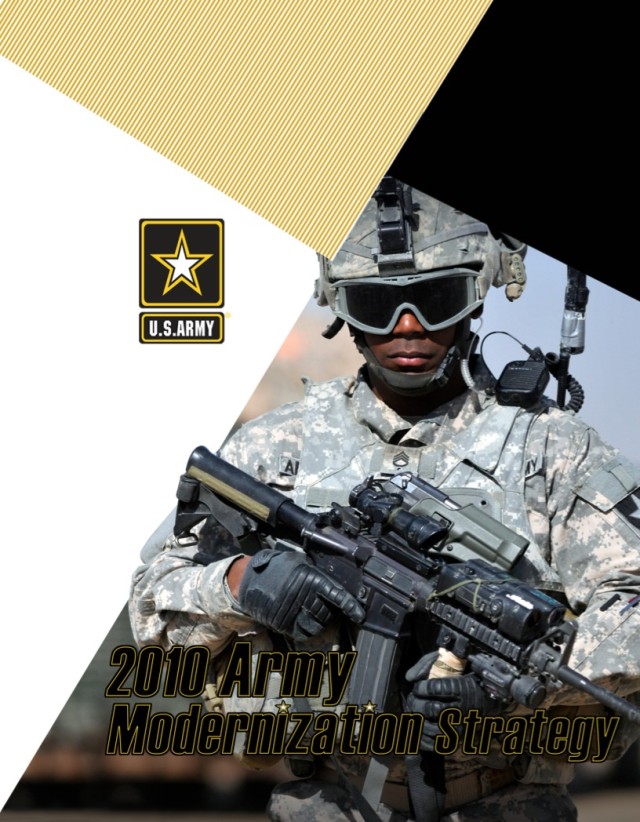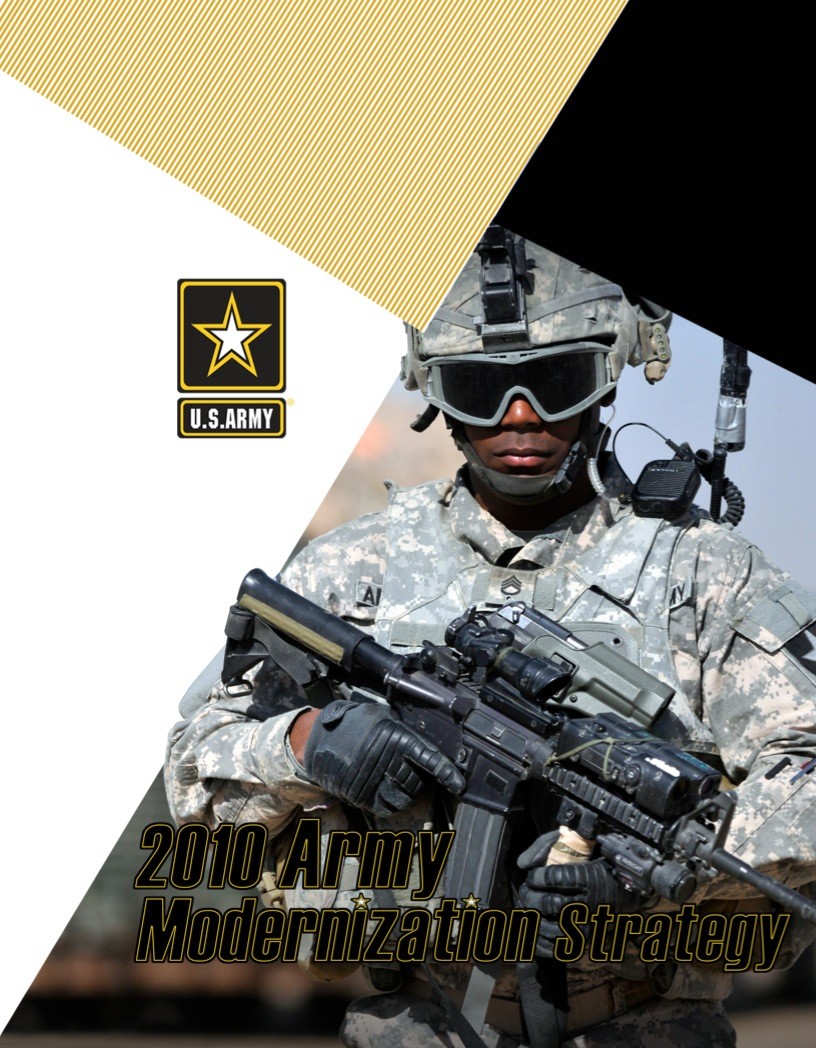WASHINGTON (Army News Service, Oct. 26, 2010) -- The Army is working vigorously to institutionalize methods of finding efficiencies in order to meet Soldiers' needs, service leaders said Tuesday at a modernization panel.
Modernization must be accomplished while maintaining a more efficient, effective and cost-conscious way of conducting business, leaders said during the Association of the U.S. Army's Annual Meeting and Exposition at the Washington Convention Center.
"This is the future of our Army. Not only must we ensure our Soldiers have the necessary equipment and force-protection capabilities required to operate in a full-spectrum environment -- I believe we must also ensure that we are finding all available efficiencies and spending taxpayer's money wisely and most effectively," said Army Vice Chief of Staff Gen. Peter Chiarelli.
Chiarelli referred to Defense Secretary Robert Gates' "efficiencies initiatives" announcement in August which called upon the Department of Defense and its services to find more efficient business practices.
"Secretary Gates clearly stated we must be mindful of the difficult economic and fiscal situation facing our nation," Chiarelli said. "We continue to look for ways to achieve savings across all functional areas - manning, organizing, installations and equipment -- to ensure focused investments into weapons systems that will most significantly enhance our global warfighting capability."
Chiarelli said the Army has expanded the scope of the Capability Portfolio Reviews, or CPRs, to include all Army programs -- not merely those in the acquisition community.
The CPRs focus upon groups of systems from a portfolio perspective, he said, with a mind to how they impact one another and serve the Army overall.
"The intent is to eliminate redundancies while ensuring funds are properly programmed, budgeted and executed to yield the most value to the Army," Chiarelli said.
As part of this effort, Chiarelli emphasized that continued technological modernization was essential to the Army's future, citing the battlefield network as a top priority. Warfighter Information Network- Tactical, or WIN-T; Joint Tactical Radio Systems, JTRS; and technologies which comprise the Early Infantry Brigade Combat Teams are all critical to this effort at the tactical level, he said.
"We need to be creative and aggressive in finding ways to get these systems into the hands of our Soldiers as quickly as possible," Chiarelli said.
Lt. Gen. Bill Phillips, military deputy to the Assistant Secretary of the Army (Acquisition, Logistics and Technology), said the acquisition community is immersed in the CPR process.
"After nine years of war it is important the Army take a holistic look at its requirements, what it has built over time and what is value-added to the Army," Phillips said. "We have to continue to look at our processes in acquisition and where it makes sense to input more efficient and effective processes."
The Army acquisition community is also focused on staying connected to the needs of Soldiers in order to best anticipate current and future threats, Phillips said.
"It is important that acquisition remain connected to warfighters," said Phillips. "We must understand and know what the threat is. It is not just the threat that we face today in Iraq and Afghanistan. It is also the threats of the future," Phillips said.
Much of the modernization panel discussion focused on analyzing requirements to ensure that they are properly synched with acquisition practices.
"We want to deliver capabilities that are resource-informed, integration-focused and outcome-based to provide joint force commanders with a versatile mix, a tailorable network of trained and ready Army forces" said Lt. Gen. Michael Vane, director of the Army's Capability Integration Center, Fort Monroe, Va.
Vane also said modernization efforts will be closely aligned with the United States Army Operating Concept, 2016-2028 -- a document which outlines the expected conditions for conflict in coming years, calling for continuous adaptability in the face of a fast-changing, unpredictable combat environment.
"Achieving the necessary level of operational adaptability in the Army requires that we design our forces, train our units and educate our leaders to adapt to uncertain and dynamic conditions. It requires cohesive teams and resilient Soldiers and leaders able to overcome the enduring psychological challenges of combat," Vane said.
The core tenets of the Army Operating Concept, he said, call for a combination of combined arms maneuver and wide-area security.


Social Sharing